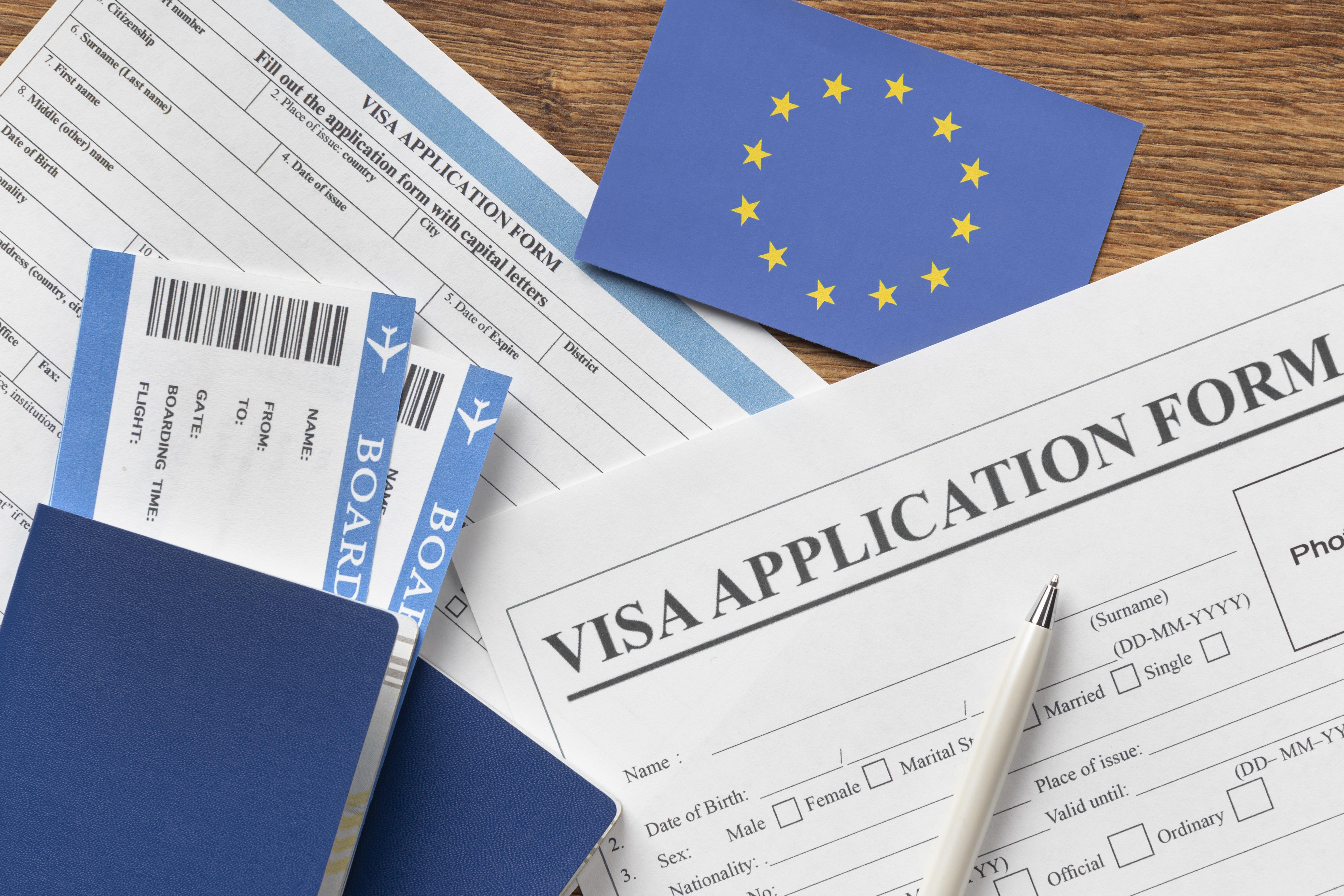
November 21, 2025
Earthquake Preparedness Tips for Every Filipino Home
In recent weeks, several parts of the Philippines have experienced earthquakes, reminding us how unpredictable nature can be. While earthquakes can’t be prevented, being prepared is important. Practicing earthquake preparedness can help protect our loved ones and minimize damage to our homes.
Here are some practical safety and earthquake preparedness tips every Filipino household should follow:
1. Secure your home
One of the core principles of earthquake preparedness is ensuring your home is hazard-ready. Start by checking your surroundings. Anchor tall and heavy furniture such as bookshelves, cabinets, and appliances to the wall to prevent them from toppling during an earthquake. Place breakable or heavy items on lower shelves, and make sure your gas and electrical lines are properly installed and maintained. Small steps like these can make a big difference when the ground starts to shake.
2. Prepare an emergency go-bag
No earthquake preparedness plan is complete without an emergency kit. Every home should have a go-bag ready that includes bottled water, canned goods, flashlights, batteries, first-aid supplies, face masks, and copies of important documents such as IDs and insurance policies. If you live with children, elderly family members, or pets, remember to include their essentials too.
Keep the go-bag in an accessible area, and check its contents regularly to ensure supplies are still in good condition.
3. Know what to do during an earthquake
A major part of earthquake preparedness is knowing how to react when the shaking starts. Remember the “Drop, Cover, and Hold On” rule:
- Drop to your hands and knees to prevent being knocked over.
- Cover your head and neck under sturdy furniture or with your arms.
- Hold on until the shaking stops.
If you’re outdoors, move to an open area away from buildings, trees, or power lines. Avoid using elevators and stay calm until the shaking subsides.
4. Make a family emergency plan
Effective earthquake preparedness is a family effort. Talk to your loved ones about what to do before, during, and after an earthquake. Designate safe areas inside your home and decide on a meeting place outside in case you need to evacuate. Assign responsibilities, like who will get the emergency bag, who will check on younger or elderly family members, and so on. Practice your plan regularly so everyone knows what to do.
5. Inspect your home after the quake
Once it’s safe, carefully inspect your home for visible cracks, leaks, or other signs of damage. Turn off your gas and electricity if you suspect a leak or damage to the lines. Be cautious of weakened structures and avoid entering rooms or buildings that appear unsafe.
An extra layer of protection for your home
Disasters like earthquakes are reminders that safety goes beyond earthquake preparedness. It also means being financially protected. With Cocogen Home Excel Insurance, you can safeguard your home and personal belongings against fire, earthquake, typhoon, and other unexpected events. It’s a simple way to ensure that no matter what happens, your home remains protected and your recovery is easier.
Because when it comes to your home, being prepared isn’t just about staying safe, it’s about staying secure.
Ready to protect your home? Inquire now and learn more about Home Excel Insurance.
Other Blog Posts
Stay school-ready with these back-to-school computer tips. Keep your device secure, updated, and pro ...

Learn how to protect yourself from online scams, online fraud, and identity theft in 2025, plus how ...

Planning a trip to Europe? Learn the best time to apply for a Schengen visa for Filipinos and avoid ...









